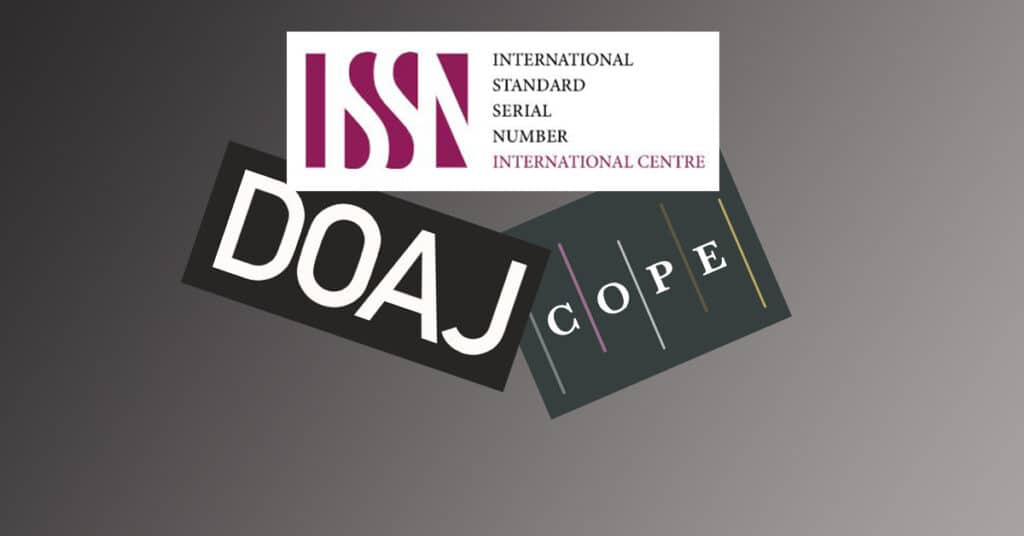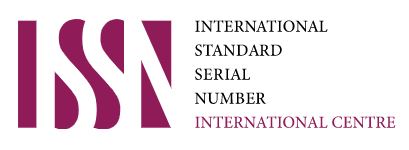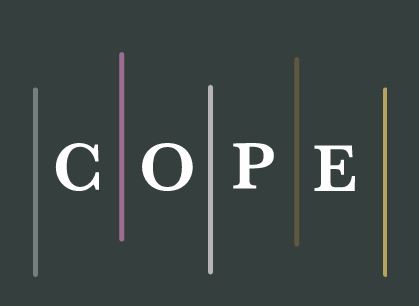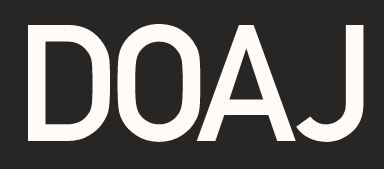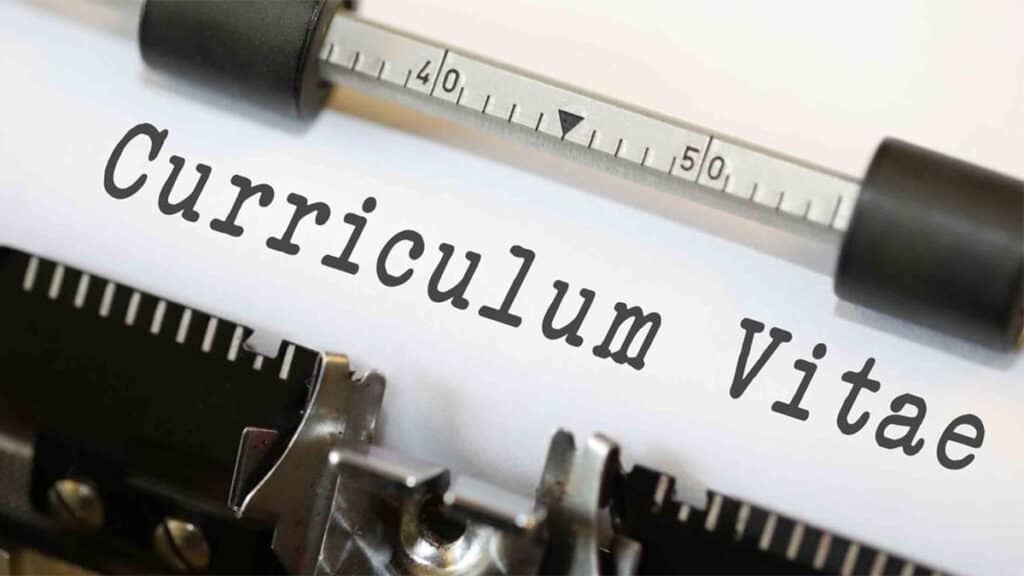Disclosure: This page contains affiliate links. This means, at no additional cost to you, we receive a commission if you click through and make a purchase.
When we start looking at a journal, to determine whether if it is predatory or not, we always check to see if it is recognized by:
- ISSN (International Standard Serial Number)
- COPE (Committee on Publication Ethics)
- DOAJ (Directory of Open Access Journals)
To do this we use the ISSN as this is a unique identifier, or at least it should be. Not being a recognized by one of these organizations is not necessarily a bad thing, but it does start to raise warning bells that warrant further investigation.
We have developed a web page that enables you to check whether a journal is recognized by these organizations, rather than having to go to the individual web sites of each organization. The URL to access our web page is https://predatory-publishing.com/ISSNCheck/?issn=1234-5678.
We provide a few more details about using this tool later in this article.
Why would you want to check a journal's membership?
The reasons we carry out initial checks to check whether a journal is recognized by ISSN, COPE and DOAJ are as follows:
International Standard Serial Number (ISSN)
ISSN is the body responsible for maintaining the register of all ISSN numbers. If you are unsure what an ISSN is, take a look at our article What is an ISSN (International Standard Serial Number)?
They have their own web site at https://portal.issn.org/.
If a journal is claiming that it has an ISSN, the ISSN portal is the place to check that claim, just to make sure that ISSN has a record of that ISSN number and that it matches with what you believe it to be.
IMPORTANTLY, check that the journal name matches the journal name that the journal is claiming. You might find this a surprising thing to say, but look at our article How to spot a fake journal | A case study. This case study showed that the journal had an ISSN of 0378-1844. Using our tool (see Figure 2), you can see that the journal is recognized by ISSN, with the journal name being Interciencia.
If you look at the journal’s home page, that the case study was investigating, you will see that journal is called Interciencia Journal. The name is ever so slightly different, yet it claims to have the same ISSN number (0378-1844). For completeness the home page of the real journal is here.
In this case, we have two different journals, but one of them is fake (i.e. trying to leverage off the other ones reputation). Importantly, both journals use the same ISSN.
Apart from checking that the ISSN actually exists, it is worth looking a little further and making sure that the journal name matches exactly.
Committee on Publications Ethics (COPE)
COPE is an organization, where subscribing journals/publishers agree to adhere to the ethical guidelines that COPE publishes.
It may not be a problem if a journal/publisher is not a member of COPE. Many reputable, high quality journals aren’t, so it is not immediately a black mark if a given journal is not a member of COPE.
If a journal is a member, that is a good sign as you know that the checks/balances that COPE carry out have been passed by the journal/publisher.
What is more of a worry is that some journals may not be entirely truthful, so it is worth checking the following:
- If a journal uses the COPE logo on its web site, but has no right to do so (i.e. it is not a member of COPE). That is, you should not take at face value if a journal is displaying the COPE logo. ALWAYS go to the COPE web site, or us our tool, to validate this claim.
- Some journals do not display the COPE logo but say things such as “Our ethical guidelines, with regard to peer review and editorial practices, follow those prescribed by COPE“. This should start to ring warning bells as, even if that is true, if they are not actually a member of COPE, who is checking that the guidelines are followed. It could just be a bland statement which is not verifiable. Moreover, it could be trying to mislead potential authors that they are members of COPE, when they are not.
Directory of Open Access Journals
DOAJ is a membership based service. Journals apply, are vetted by DOAJ and, if they pass DOAJ’s admittance criteria they are accepted.
We have written an article about DOAJ if you want to know more details, see What is the Directory of Open Access Journals (DOAJ)?
What is important to note about DOAJ is that, as its name suggests, it only applicable to open access journals. So, if a journal is not open access, it will not be registered with DOAJ, no matter how good or bad it is.
Even if a journal is open access and it is not a member of DOAJ, this is not necessarily a bad sign. It is worthy of further investigation but an open access journal is not required to be a member of DOAJ.
Some journals will incorrectly display the DOAJ logo, so even if you see the logo on a web site it is worth checking through our tool or directly with the DOAJ web site. Do not just assume that, because the DOAJ logo is displayed that the journal is a member of DOAJ. Carry out the check yourself
How do you check a journal?
As we said, we always check whether a journal is recognized by ISSN, COPE and DOAJ. We can do this by going to the relevant web sites and putting in the information. Indeed, we would suggest that you do this if you want to be totally sure that the information is correct and up to date. We believe our tool is accurate and up to date, but if you want to be really sure go directly to the source.
Of course, you can also use our tool. Essentially, this accesses the three web sites for you and displays the results on a single page (see Figure 2). To do this, we take advantage of the web site’s API (Application Programming Interfaces) or by directly accessing the underlying elements that make up the web page. This often referred to as web scraping. The purpose of this article is not to teach you how to use an API, or how to scrape a web page, but there are plenty of resources out there that allow you to do that. You can search for it, and follow the various pages and/or videos. Alternatively, you might find these books helpful (affiliation links).
This is what you need to know
To use our tool, you use the URL below, adding the required ISSN to the end. For example, if you want to check ISSN ‘3456-6789’, you would use the URL:
https://predatory-publishing.com/ISSNCheck/?issn=3456-6789
If you click on the link above, it will show that the ISSN does not exist, but you can now simply edit the URL to put in the ISSN that you want to check.
Note, the format of an ISSN is four digits, followed by a hyphen, followed by another four digits (although the final digit can be an ‘X’ as it is a check digit).
Summary
When we are checking a journal, three of the initial checks we carry out are to find out if the ISSN number they are using is recognized by ISSN. We also check whether they are members of COPE and DOAJ.
You can do this by going to the individual web sites but we have developed a tool that carries out these three check using a single web page. The URL for this web page is https://predatory-publishing.com/ISSNCheck/?issn=3456-6789. You just need to supply your own ISSN.
